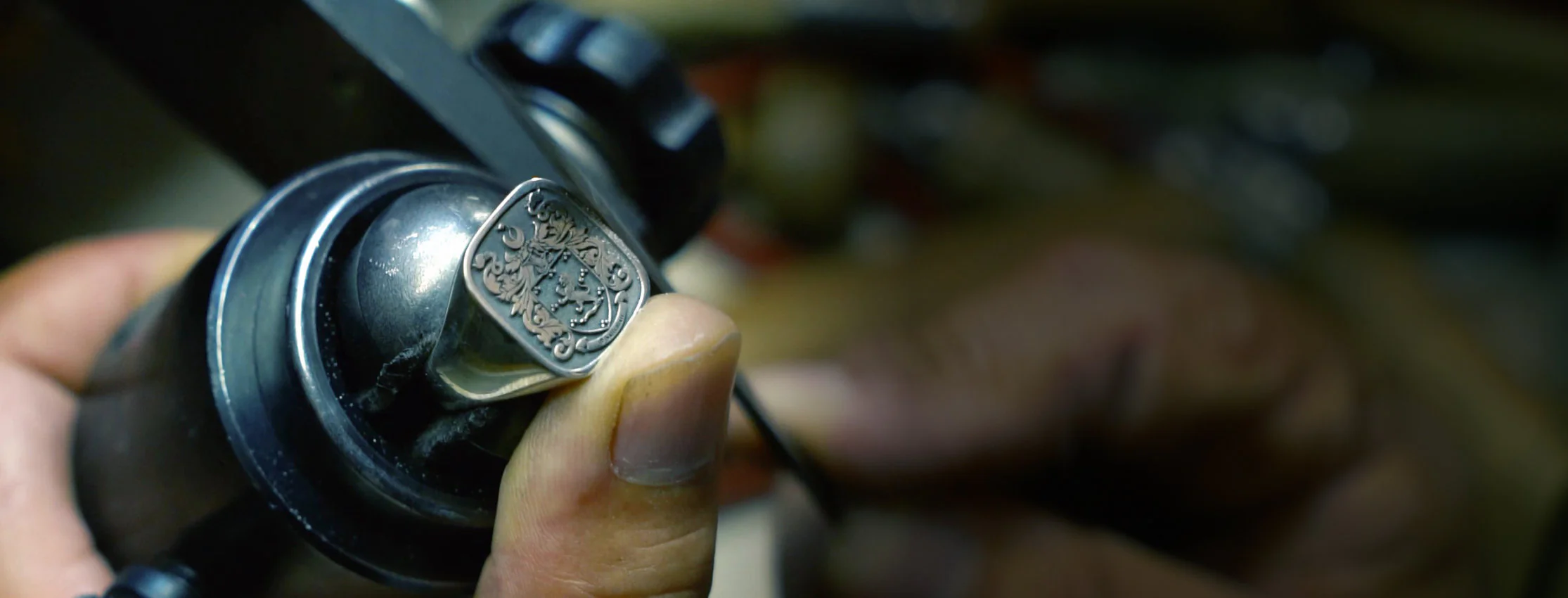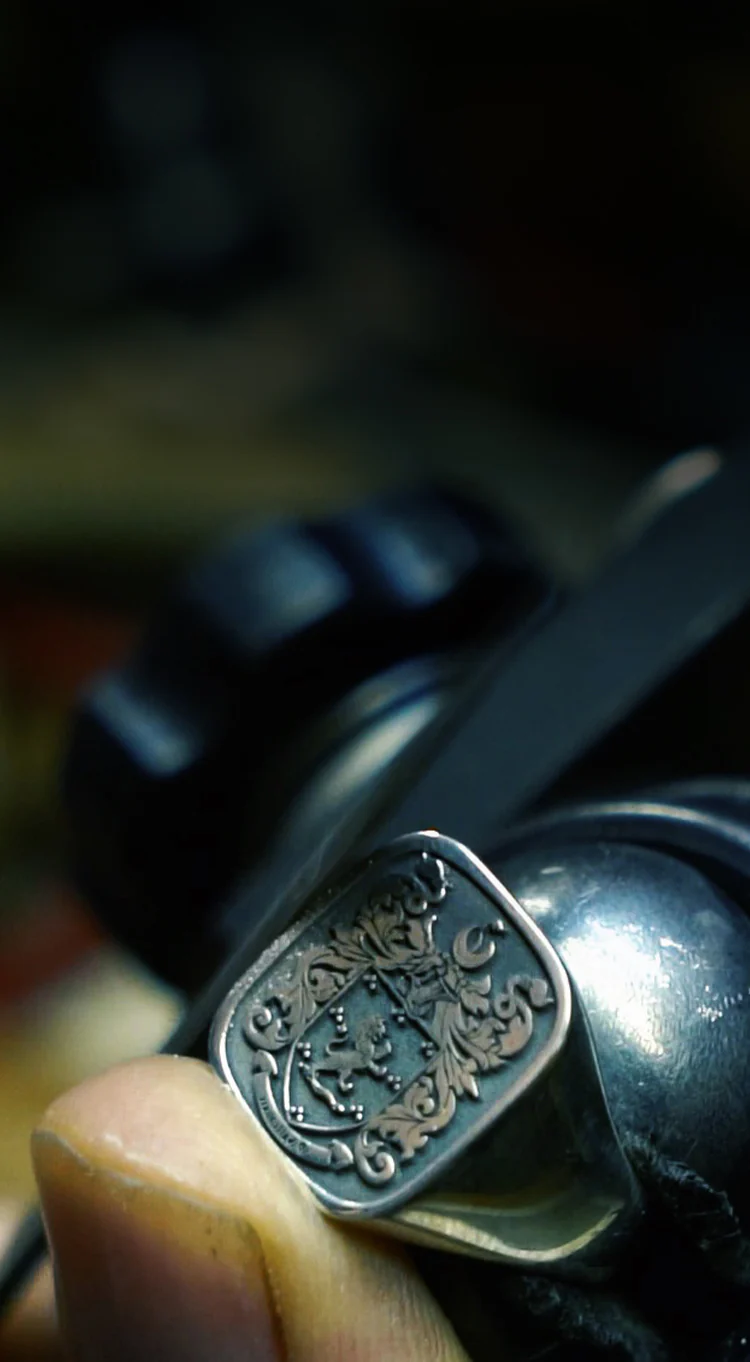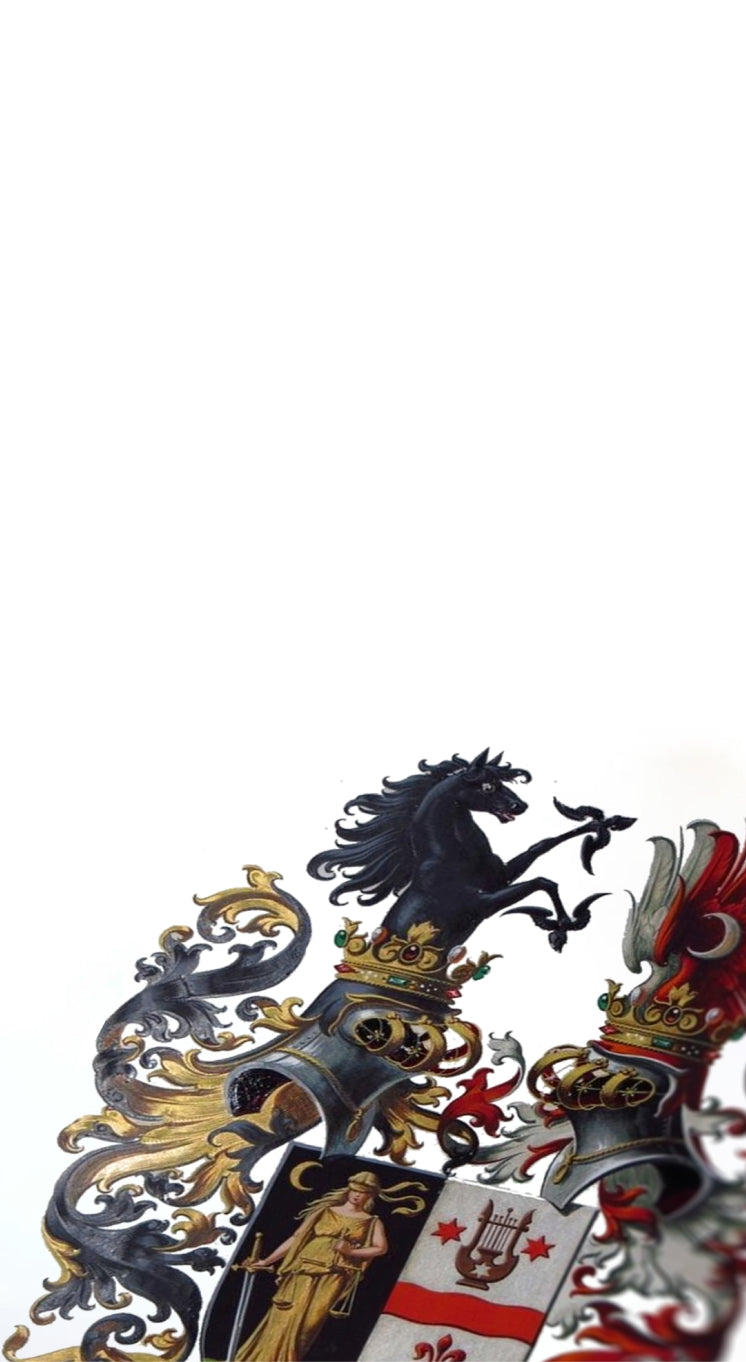Medieval Guilds
October 31, 2025
The Rise of the Medieval Guilds: Power, Craft, and Community In the early 12th century, long before the reign of King Richard the Lionheart, towns across Europe began to change. Merchants and craftsmen realized they were stronger together than apart. To protect their trades, ensure fair prices, and maintain quality standards, they formed organizations known as guilds. Each trade had its own, from bakers and blacksmiths to weavers and masons, and together they shaped the heartbeat of medieval town life....













